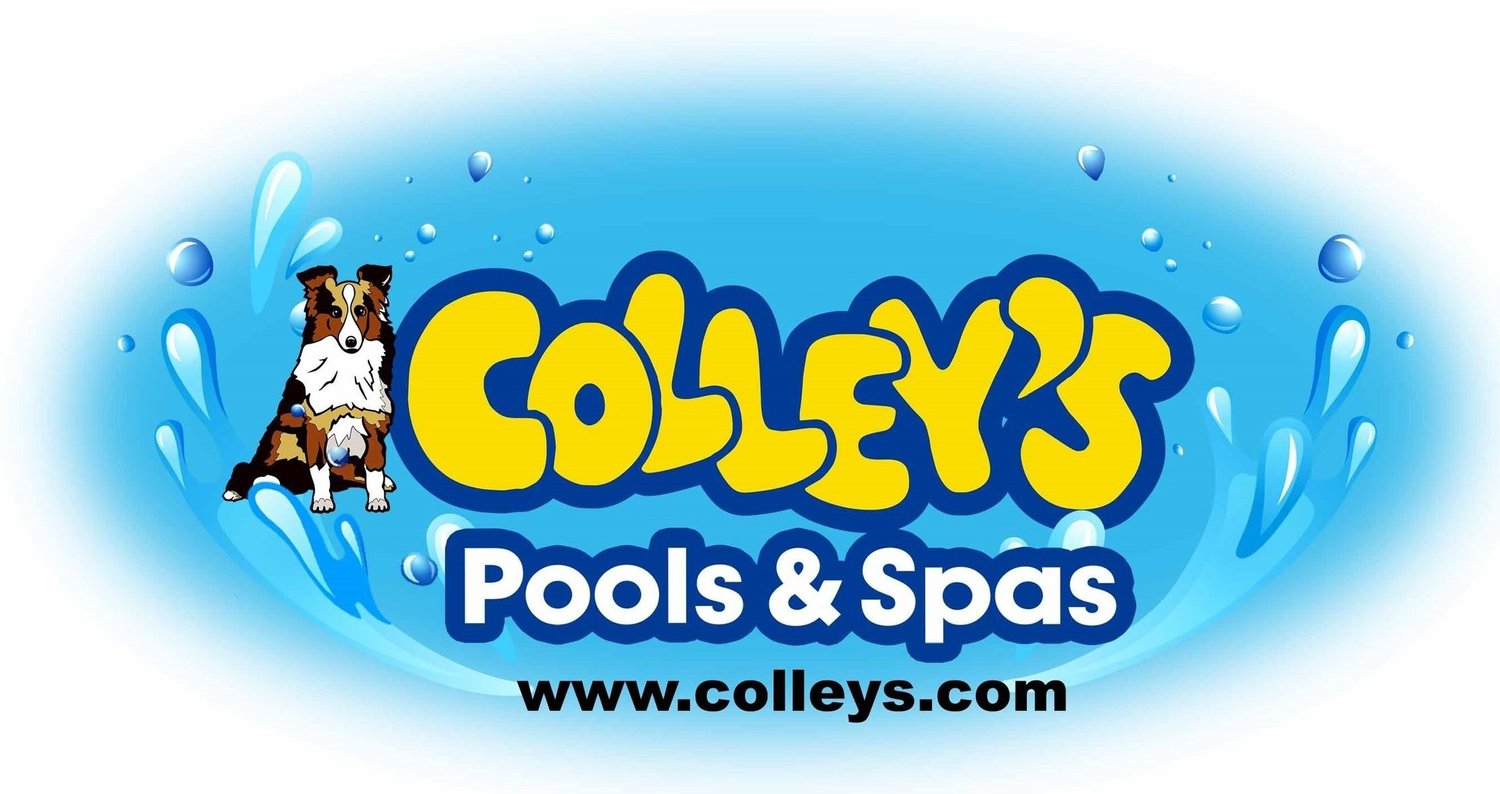In the market for a hot tub? In recent years, saltwater systems have flooded the market claiming to be the “natural” or “chemical-free” alternative to sanitize your hot tub. But are these claims accurate? Are saltwater systems really better? Let’s consider the facts so you can make the best decision when purchasing your next hot tub.
Through a process called “electrolysis,” electricity is used to convert dissolved salt (sodium chloride) into chlorine or sodium bromide (which converts to bromine). In other words, a saltwater system—by design—generates the same chemical sanitizers used in non-saltwater systems. Generating chlorine or bromine from saltwater makes sense in the cool water of a swimming pool, especially if a homeowner struggles with granular chlorine dosing or other chemical additives, such as UV inhibitors. But there are more than a few reasons why saltwater systems are not the best fit for hot tubs.
A salt system in a pool as opposed to a hot tub is not easily comparable. Here are some differences to consider when comparing the average hot tub with the typical backyard pool:
The average hot tub, at only 400 gallons, is much smaller than a pool.
Hot tub water is much warmer, up to 104⁰F (40⁰C), causing bathers to sweat more and excrete more organics.
Less water and more organics means that sanitizer is consumed more quickly.
Open pools allow sanitizers to vent (or, “off-gas”) whereas hot tubs are covered when not in use.
Unlike most pools, hot tubs have internal metal components such as water heaters, heater elements and jet face escutcheons (the metal rings around the jets).
Pools are typically made of fiberglass or concrete, whereas hot tubs have an acrylic or co-bonded polymer shell.
Water in an open pool is exposed to more natural UV light than in a hot tub.
This differences are important when it comes to the salt system. Two people in a 10,000 gallon pool is obviously much different than two people in a 400 gallon hot tub. Less water volume means a higher concentration of dissolved organic compounds (such as sweat, skin oil and bacteria) which uses up sanitizer more quickly. So to remain effective, a saltwater system in a hot tub would need to generate—and maintain—a higher sanitizer concentration than that of a pool.
In the high-temperature environment of a hot tub, it is quite possible that a chlorine or bromine generator may not produce enough sanitizer to keep up with demand. In fact, some salt system manufacturers admit you may have to add additional sanitizer to properly maintain safe water! If the generator continues to run without people in the tub (meaning there is not enough dissolved organics to use up the extra sanitizer), it may actually overproduce chlorine for a period of time. “Over-chlorination” may lead to excess chlorine gas trapped underneath the cover. Not only can this degrade foam pillows and the underside of the spa cover to the point of bleaching, it may corrode exposed metal accents (including stainless steel), and/or dull the color of hot tub acrylic surfaces.
When salt is added to spa water, it is not immediately converted into sanitizer (through the process of electrolysis). Many salt system manufacturers claim the amount of salt is at a “minimal level” in the water. However, salt systems require about 1,750 to 3,000 parts-per-million to work, or about triple the amount of salt found in tap water. Salt causes corrosion and rust by attacking metal and breaking it down. When metal components inside a hot tub—such as heaters, heater elements, and jet escutcheons—are exposed to high sodium doses corrosion may occur. This can shorten the lifespan of internal metal components, resulting in poor performance and costly repair bills.
The fact of the matter is that spa water needs to be sanitized in order to be safe. Smaller, controlled doses of bromine or chlorine, an ozone generator, and perhaps spa minerals (or conditioners) to soften the water have been known to be the best current approach to maintaining safe water in your hot tub!

